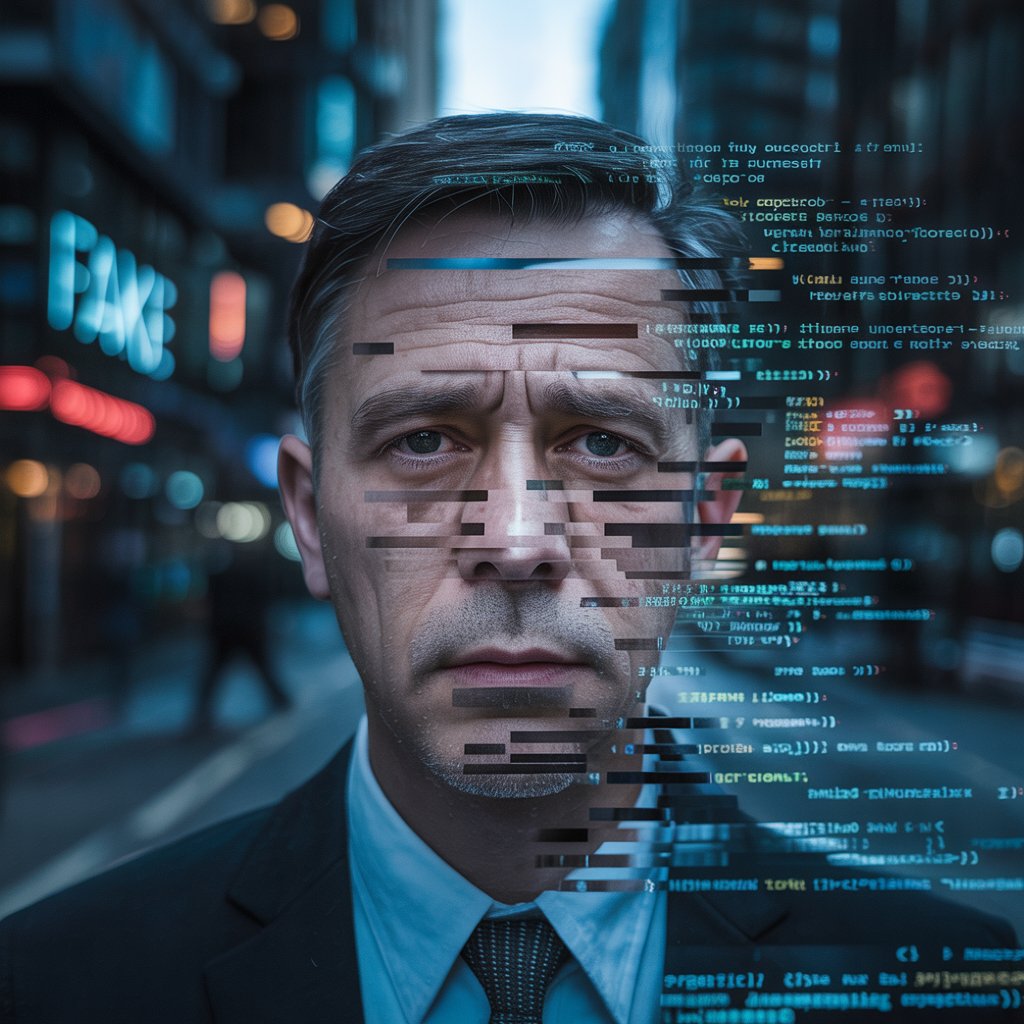In recent years, the world has witnessed the astonishing rise of deepfake technology—AI-generated videos, images, and audio that manipulate a person’s likeness to say or do things they never actually did. While this technology has opened doors for creative storytelling and entertainment, it has also raised serious concerns about misinformation, identity fraud, and privacy. As deepfakes become more convincing and accessible, the demand for effective deepfake detection methods has become critical.
What Are Deepfakes?
At its core, a deepfake is the product of artificial intelligence, particularly deep learning techniques like Generative Adversarial Networks (GANs). These networks learn to generate realistic human faces, voices, and movements by analyzing thousands of real examples. The result is synthetic content that’s nearly indistinguishable from genuine media.
While the technology itself isn’t inherently malicious—it’s used in movies for de-aging actors, or creating virtual assistants—it’s the misuse that poses significant risks. Deepfakes have been used in political misinformation, fake news, and even revenge pornography. This creates a pressing need for reliable deepfake detection technology to safeguard truth and trust in digital media.
Why Is Deepfake Detection So Challenging?
Deepfakes are becoming increasingly sophisticated. Early examples were easier to spot due to visual artifacts like blinking issues, unnatural facial movements, or mismatched lighting. Today, many of those flaws have been corrected by advanced algorithms.
Some of the challenges in detecting deepfakes include:
- Rapid Evolution: Deepfake creation tools are evolving quickly, sometimes outpacing the tools meant to detect them.
- Low-Quality Media: Videos shared on social media are often compressed, which makes it harder to detect subtle manipulations.
- Volume: The sheer amount of content being uploaded every minute makes manual detection impossible, requiring scalable AI-driven solutions.
The Role of Deepfake Detection Technology
To combat these challenges, researchers and tech companies are investing heavily in deepfake detection technology. These systems use a variety of techniques to analyze and identify manipulated content. Some of the most common approaches include:
1. AI-Powered Analysis
Machine learning algorithms are trained on datasets of real and fake content to learn the subtle differences. These algorithms look for inconsistencies in facial expressions, eye movement, lip syncing, and background noise.
For instance, a person in a deepfake video might not blink naturally or their facial muscles may not move in sync with their speech. AI models can be trained to spot these anomalies.
2. Biometric Detection
Biometric signals like heart rate, skin tone variation, or subtle facial micro-expressions can be used to distinguish real humans from generated images. These signals are nearly impossible to fake convincingly and provide a powerful line of defense.
3. Blockchain for Content Verification
Some platforms are exploring blockchain as a way to verify the origin and integrity of videos. By assigning digital signatures at the point of creation, any subsequent edits or manipulations can be detected through mismatched hashes.
4. Watermarking and Provenance Tracking
Embedding digital watermarks in videos at the time of recording helps track authenticity. These marks are invisible but can be read by detection tools to verify that a video hasn’t been tampered with.
Real-World Applications
Big tech companies like Microsoft, Facebook, and Google have all developed or supported deepfake detection efforts. For instance, Microsoft’s Video Authenticator tool analyzes photos and videos to provide a confidence score about whether the media has been artificially manipulated.
Governments and intelligence agencies are also investing in deepfake detection technology to counter disinformation campaigns and foreign interference in elections.
Meanwhile, social media platforms are under increasing pressure to detect and label manipulated content before it spreads widely.
The Importance of Public Awareness
While technological tools are critical, education plays a huge role in the battle against deepfakes. Users need to develop media literacy skills to question the authenticity of what they see online.
Simple actions like reverse image searches, checking source credibility, or using verified fact-checking tools can help the average person spot potential deepfakes before they go viral.
The Future of Deepfake Detection
The future of deepfake detection is a digital arms race. As deepfake creation tools get better, deepfake detection technology must evolve just as quickly—or faster.
Here are some likely future developments:
- Real-time detection tools integrated into social media platforms and video conferencing apps.
- Cross-industry collaboration between tech firms, governments, and academic researchers.
- Legal frameworks that criminalize malicious use of deepfakes and require platforms to label AI-generated content clearly.
The hope is that with a combination of smart technology, policy reform, and public awareness, society can enjoy the creative possibilities of deepfakes without falling victim to their darker potential.
Conclusion
Deepfakes are here to stay—but so are the tools designed to fight them. As these digital forgeries become more refined, the role of deepfake detection technology becomes ever more essential. The race to stay ahead of AI-generated deception is ongoing, and success depends on a united effort across technology, law, and public education.
In a world where seeing is no longer believing, we need tools, laws, and awareness to ensure the truth doesn’t get lost in the noise.

